Our Chiang Rai Travel Essentials guide includes the details you need to enjoy an unforgettable holiday in Thailand's northernmost city. You'll learn all about the local climate as well as the currency, the outlet types, emergency phone numbers and more, in addition to the best ways to get to Chiang Rai and explore once you arrive.
This city is best exemplified by its local festivals and landmarks, and this guide will offer insight into some of the top choices. With this guide, you'll have the key to enjoying your holiday in Chiang Rai, the former capital under King Mangrai centuries ago.
When is the best time to travel to Chiang Rai?

- Average temperatures in Chiang Rai are fairly constant, with the warmest month averaging 27.7°C and the lowest average around 20.3°C.
- Unlike the temperatures, precipitation here is quite varied. The rainy season in summer gets significant rain, with August having a 60% daily chance of rainfall and getting 39.4 centimetres throughout the month.
- The hottest month is April, which sees highs of around 34.2°C on average, though temperature highs tend to stay relatively close to that from March to October.
- Winter is the best time to visit since temperatures aren't too hot and the rainy season is over, but autumn can offer much of the same with fewer crowds.
Chiang Rai basics

- Plug type: Chiang Rai uses a variety of plugs, including Type A, Type B, Type C and Type O. Regardless of which you come across, you'll need an adapter for the UK's Type G devices.
- Electricity: Thailand operates using a 230 V supply at a frequency of 50 Hz.
- Currency: Thailand uses the Thai baht.
- International dialling code: The international dialling code for Thailand is +66.
- Emergency telephone number: English-speaking emergency services include 1155 for police and 191 for fire or ambulance.
See also
- 10 Best Family Things to Do in Chiang Rai

10 Best Family Things to Do in Chiang Rai
Thailand - 10 Best Places to Go Shopping in Chiang Rai

10 Best Places to Go Shopping in Chiang Rai
Thailand - 10 Best Local Restaurants in Chiang Rai

10 Best Local Restaurants in Chiang Rai
Thailand
How to get to my hotel in Chiang Rai?

Getting to Chiang Rai is fairly simple given how many connections this city has with Bangkok, which subsequently has connections all over the world. If you make it to Bangkok, you will find quite a few options that can easily get you to Chiang Rai. Of course, Chiang Rai's own airport has some international connections, too. Once you get into the city, getting to your hotel is easy via tuktuks, taxis and buses.
Airports
Chiang Rai has its own airport, known as the Mae Fah Luang-Chiang Rai Airport. While it mostly handles domestic flights to locations like Bangkok, a few international flights are serviced here as well, including one from London that lets you fly directly to Chiang Rai on a 14.5-hour flight. The airport is about 5 miles from the city centre, and plenty of taxis are available to take you from the airport to your hotel.
Major train stations
Chiang Rai has no major train stations, and the closest is nearly 124 miles away in Chiang Mai. Chiang Mai is the closest you can get to Chiang Rai by train, and the station offers connections to major cities like Bangkok.
Ports
The port by the Mae Fah Luang Bridge in town has frequent boat rides to and from other destinations, such as Tha Ton. These boats travel along the Kok River, but it's important to remember that passengers may be limited to only a handful per boat during the dry season.
How to get around Chiang Rai?

Travel tips
The city of Chiang Rai is fairly compact, so a lot of the major attractions are reachable by foot. Most of the streets are designed to be pedestrian-friendly, especially around hotspots like the Night Bazaar and Jetyod Road. Even so, you can easily get a ride on a tuktuk, which is a 3-wheeled taxi, or a bus if you want to visit any of the far away attractions like the Blue Temple.
Underground system
Chiang Rai does not have an underground system. In fact, the closest rail station of any kind is in a city that's hours away.
Taxi and ride-hailing apps
Several taxi services operate throughout Chiang Rai, but the most prominent way to get around is via tuktuk, which is an iconic sort of open-air taxi popular in South Asia. Tuktuks can vary in size, with some only having room for 2 passengers and others long enough for half a dozen. Ride-hailing apps are available as well. While they don't have apps you might be familiar with such as Uber, you can download Grab and use it for the same function.
Bus network
Bus terminals are located throughout the city and the surrounding area, and Bus Terminal 1 is the most central station. Just keep in mind that a lot of buses travel outside of the city, so make sure you're getting on the right line. A lot of the time, buses that travel to specific destinations, like White Temple, for example, will have that destination written on the side in English.
Car hire
While car hire is available, it's generally not the best way to get around considering how compact Chiang Rai is. Parking can be tough to come by, and the streets can be narrow. If you do opt for car hire, however, you need to make sure that you have a valid driving licence in addition to an International Driver's Permit.
Bike hire
Bike hire is more popular than car hire whether you opt for a bicycle or a motorbike. Motorbikes are quite common, as they're small enough to get through the narrow streets efficiently and navigate the traffic congestion with ease. Of course, you'll find regular bicycles as well, which are also handy for getting around town.
What are the main annual events in Chiang Rai?

Wai Sa Phaya Mengrai - King Mengrai Festival
- When: 26 January–4 February
- What: Wai Sa Phaya Mengrai is a festival held to honour the founder of Chiang Rai, Phokhun Mengrai Maharat, who founded the city during the era of the Lanna Kingdom. At this festival, you'll see parades and cultural performances. International travellers typically attend, so the locals are used to sharing their traditions with visitors. Entry is free as well, so it's easy to fit into your budget.
- Where: Chiang Rai Provincial Sport Stadium
Songkran Festival
- When: 13–17 April
- What: The Songkran Festival is among the most famous in all of Thailand, and it celebrates the traditional Thai New Year. A major part of the celebration involves water, including images of Buddha having water poured on them. More prominently, however, festival attendees tend to simply embrace the water element by spraying others with water pistols.
- Where: Throughout the city
Loy Krathong Festival
- When: November
- What: The Loy Krathong Festival is an annual celebration in which attendees float traditional lamps or vessels on the river as an offering to Buddha's hair pagoda, or Phra Mae Khongkha. Sky lanterns are also popular here, so at night, both the river and the sky will be filled with thousands of small lights from vessels and lanterns unleashed by participants.
- Where: The city's waterways
What are the main landmarks in Chiang Rai?
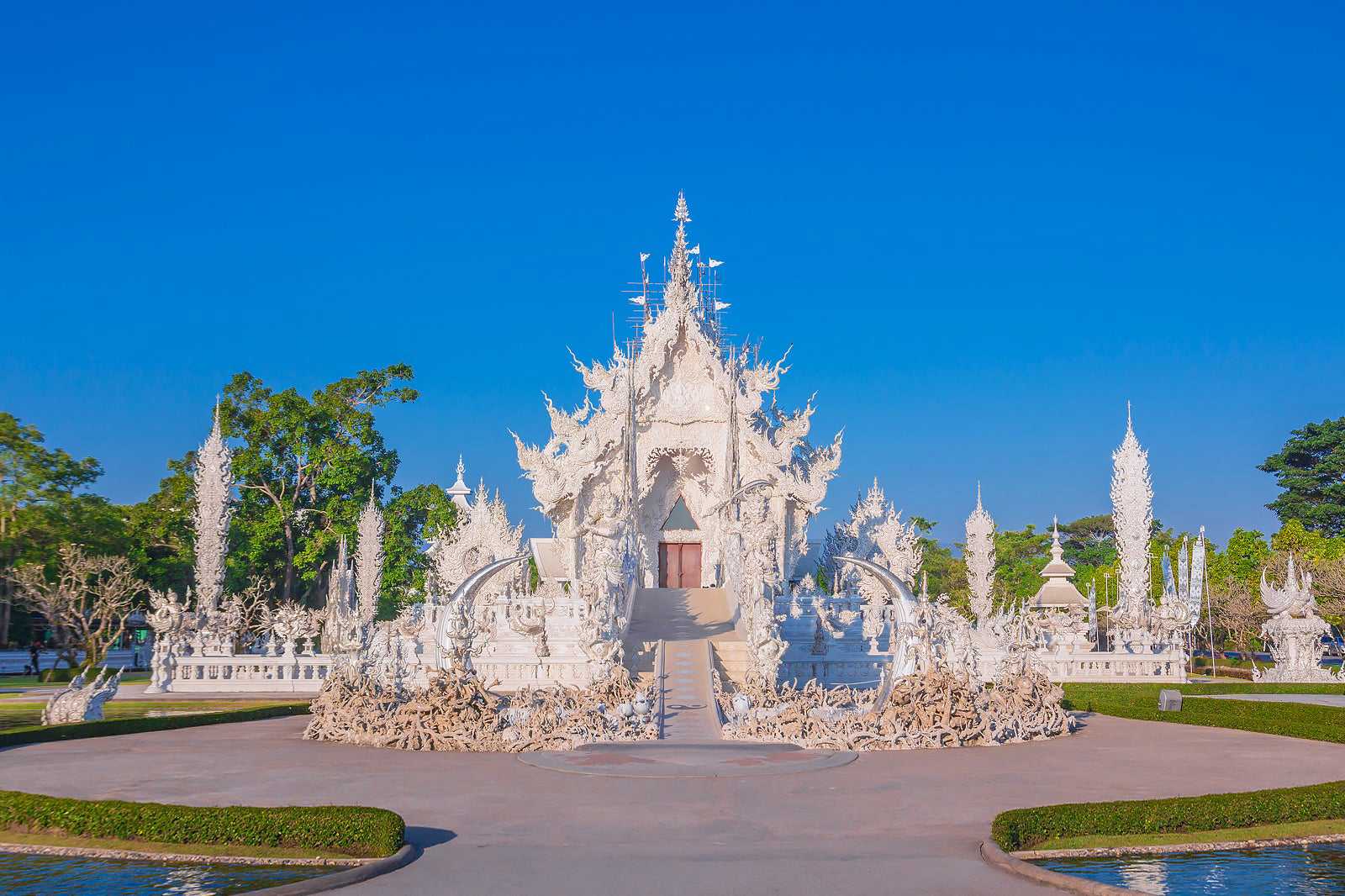
White Temple
Also known as Wat Rong Khun, the White Temple is an iconic art exhibit that's styled like a Buddhist temple. It was designed in 1997 by Thai artist Chalermchai Kositpipat. When you visit, you'll be able to see a combination of modern and traditional Lanna architecture on display in its design, easily discernible due to its all-white colouring.
Doi Tung Palace Mae Fah Luang
Doi Tung Palace Mae Fah Luang is a stunning architectural achievement coupled with a colourful garden. The palace itself utilises a Lanna-Swiss design with intricate carvings to see throughout. The garden is populated with a vibrant array of flowers native to the region that allow you to immerse yourself in the old Lanna atmosphere.
Blue Temple
The Blue Temple, or Wat Rong Suea Ten, is an icon that lives up to the name with deep-blue colouring both inside and out. The main hall features a statue of the great standing Buddha, while the temple itself utilises a Lanna architectural style. Outside, much of the structure is adorned with gold colouring, adding a hint of grandiose styling to the design that you won't want to miss.
Golden Triangle
The Golden Triangle is a special park area located at the convergence of Thailand, Myanmar and Laos where the Mekong River meets the Ruak River. The picturesque, well-maintained park also offers plenty of boat hire, so you can view it from the water as well. Photos are particularly popular here, as the natural backdrop is appealing to all sorts of travellers.
This article includes opinions of the Go Guides editorial team. Hotels.com compensates authors for their writings appearing on this site; such compensation may include travel and other costs.
Start planning your trip
Where to stay in Chiang Rai

The Riverie by Katathani
The Riverie by Katathani
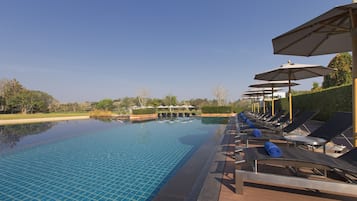
Le Meridien Chiang Rai Resort, Thailand
Le Meridien Chiang Rai Resort, Thailand

The Legend Chiang Rai Boutique River Resort and Spa
The Legend Chiang Rai Boutique River Resort and Spa

Hotel Selene Chiang Rai
Hotel Selene Chiang Rai
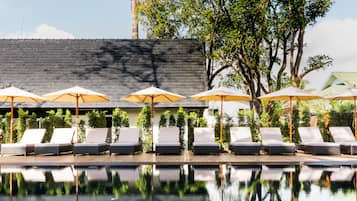
MORA Boutique Hotel
MORA Boutique Hotel
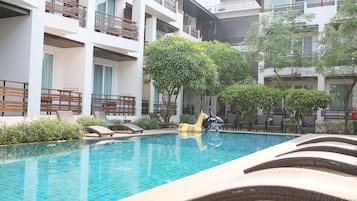
Le Patta Hotel Chiang Rai
Le Patta Hotel Chiang Rai

Riva Vista Riverfront Resort Chiangrai
Riva Vista Riverfront Resort Chiangrai
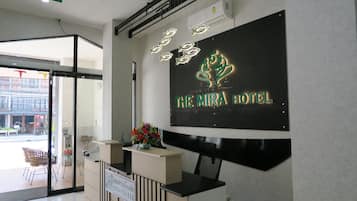
The Mira Hotel Chiang Rai
The Mira Hotel Chiang Rai
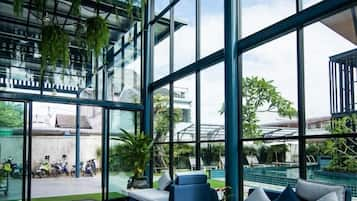
Blue Lagoon Hotel
Blue Lagoon Hotel
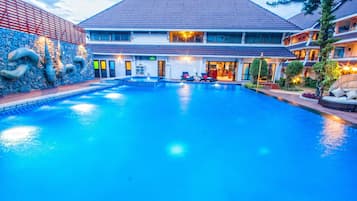
Nak Nakara Hotel
Nak Nakara Hotel
Related stories
- 10 Best Family Things to Do in Chiang Rai

10 Best Family Things to Do in Chiang Rai
Thailand - 10 Best Places to Go Shopping in Chiang Rai

10 Best Places to Go Shopping in Chiang Rai
Thailand - 10 Best Local Restaurants in Chiang Rai

10 Best Local Restaurants in Chiang Rai
Thailand - 10 Best Temples in Chiang Rai

10 Best Temples in Chiang Rai
Thailand - 10 Best Things to Do After Dinner in Chiang Rai

10 Best Things to Do After Dinner in Chiang Rai
Thailand - 10 Great Restaurants in Chiang Rai

10 Great Restaurants in Chiang Rai
Thailand - 11 Iconic Buildings and Places in Chiang Rai

11 Iconic Buildings and Places in Chiang Rai
Thailand - 10 Best Things to Do in Chiang Rai

10 Best Things to Do in Chiang Rai
Thailand
